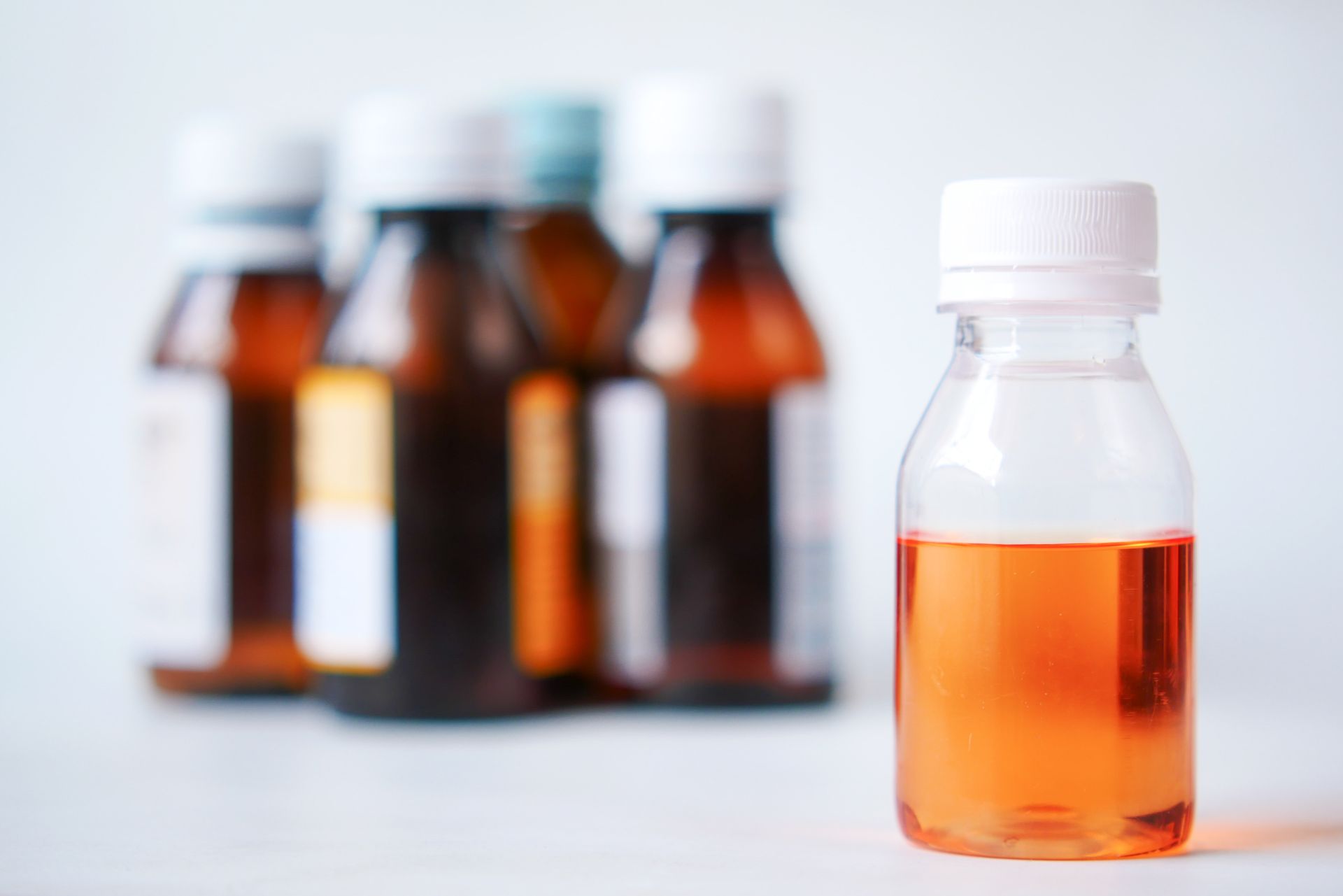Palmitoyl Tripeptide-1, aka Pal-GHK or Palmitoyl Oligopeptide, is a hybrid peptide comprising a peptide and a fatty acid end. The peptide end is the GHK-end (Glycine, histidine, and lysine). Meanwhile, the fatty acid end is the Pal-end (Palmitoyl). Pal-GHK is a fibroblast stimulant and a small fraction of the elastin protein. It may potentially enhance the synthesis of elastin, collagen, and other extracellular matrix protein (ECM) in the connective tissues, bone, and skin.[1]
The peptide (GHK) component of the Palmitoyl Tripeptide-1 peptide may subject fibroblasts into perceiving that elastin—one of the most abundant proteins in the ECM—is damaged. As a result, the organism may rapidly produce and multiply fibroblasts to replenish and regenerate the lost elastin. Palmitoyl Tripeptide-1 may also mitigate or prevent cell aging and re-energize fibroblasts in the ECM.
The fatty acid (Palmitoyl) end of Pal-GHK appears to serve as an intermediary, a transport complex that may perform at a higher level of impact when the GHK-end is attached to the Pal-end, resulting in potentially enhanced skin and cell penetration.
Palmitoyl Tripeptide-1 may stimulate genes that might alter and reset cells. This may potentially be possible by attaching Palmitoyl to the peptide sequence, GHK, which may make it overly effective for DNA repair genes and increases expression of the 14 genes that modulate antioxidant production.[2] The researchers also note that “The Broad Institute’s Connectivity Map indicated that GHK induces a 50% or greater change of expression in 31.2% of … genes.” After the genetic changes, reduced action of cell aging and removing radicals and toxic agents that induce the development of age-related diseases might be attained.
Palmitoyl Tripeptide-1 may potentially aid in rapid tissue repair by enhancing the production of new blood vessels (angiogenesis) at injury sites. The peptide might also repair nerves and induces the growth of new nerves. Furthermore, Pal-GHK may better the actions of genes responsible for wound healing; it may activate DNA repair genes and suppresses genes that may aid cancer growth.
Scientific research has suggested that Palmitoyl Tripeptide-1 may protect the ECM by preventing cell death in certain cases. The peptide may potentiate this action by enhancing elastin and collagen production.
Palmitoyl Tripeptide-1 may potentially replenish the skin’s extracellular matrix, inducing wrinkle reduction and alleviation. At the same time, it may prevent collagen degradation following exposure to Ultraviolet A (UVA) rays.
Disclaimer: The products mentioned are not intended for human or animal consumption. Research chemicals are intended solely for laboratory experimentation and/or in-vitro testing. Bodily introduction of any sort is strictly prohibited by law. All purchases are limited to licensed researchers and/or qualified professionals. All information shared in this article is for educational purposes only.
References
- Goldsberry, S. & Garcines, L. Anti-aging cosmeceutical composition. (2013).
- Pickart, L., Vasquez-Soltero, J. M. & Margolina, A. GHK-Cu may Prevent Oxidative Stress in Skin by Regulating Copper and Modifying Expression of Numerous Antioxidant Genes. Cosmetics 2, 236–247 (2015). doi: 10.3390/cosmetics2030236
- Trookman, N. S., Rizer, R. L., Ford, R., Mehta, R. & Gotz, V. Clinical assessment of a combination lip treatment to restore moisturization and fullness. J. Clin. Aesthetic Dermatol. 2, 44–48 (2009).
- Dupont, E. et al. Clinical efficacy of a serum integrating multiple cosmetic ingredients in the management of erythema of the face in aging skin. J. Cosmet. Dermatol. 11, 207–212 (2012).
- Bradley, E. J., Griffiths, C. E. M., Sherratt, M. J., Bell, M. & Watson, R. E. B. Over-the-counter anti-ageing agents and their ability to protect and repair photoaged skin. Maturitas 80, 265–272 (2015).






